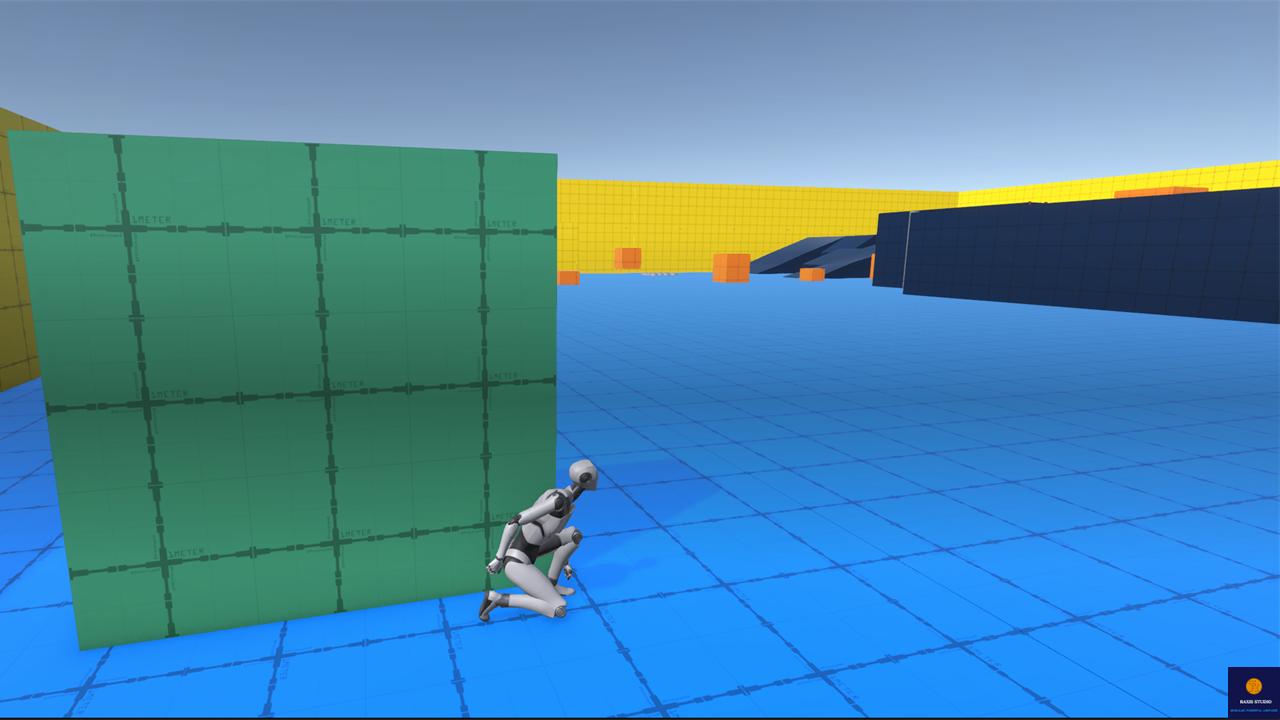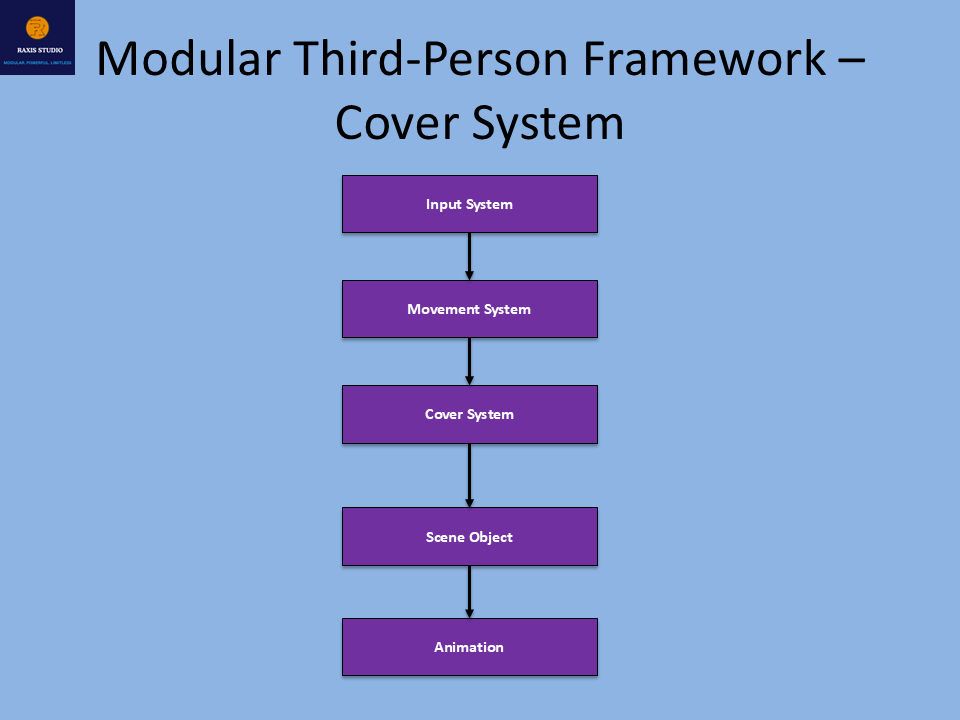Tactical Cover System: High Cover, Low Cover, and Collider Adaptation

Intro: Tactical Immersion That Feels Natural In stealth and shooter games, cover is everything. But in Unity, creating a cover system that actually feels good is far from simple. Players expect to slide into cover, peek out, and transition smoothly between states without awkward clipping or stiff animations. The Modular Third-Person Framework includes a fully featured Cover System that supports both high and low cover, dynamic collider adjustments, stamina integration, and seamless transitions. It makes tactical gameplay feel immersive, responsive, and production ready.
The Challenge: Cover Systems in Unity Developers building cover mechanics from scratch face common problems:
- Characters snapping unnaturally to walls.
- Colliders clipping through objects or leaving gaps.
- Separate logic for high cover vs low cover, making the system rigid.
- No flexibility for transitioning in/out of cover smoothly.
- Hardcoded implementations that break when new cover objects are introduced.
The Solution: Cover System in the Framework The Cover System is designed for tactical depth and developer simplicity. Key Features
- High & Low Cover → player automatically adapts posture depending on cover height.
- Collider Adaptation → colliders resize and reposition dynamically to fit cover shapes.
- Low Cover in High Cover Objects → unique feature: players can crouch inside high cover objects and still use low cover behavior.
- Smooth Transitions → enter/exit cover seamlessly, blending back into locomotion or crouch states.
- Stamina Integration → players naturally regain stamina while stationary in cover, encouraging tactical pauses.
- Side Wall Detection → built-in raycasts prevent sliding beyond cover edges, ensuring players stay aligned with walls.
- Unified Input → one key for cover, with the system detecting the object type automatically.
- ScriptableObject Configs → tweak detection distances, offsets, thresholds, and collider adjustments without editing code.
Proof: Tactical Cover in Action Without the framework:
- Cover animations misaligned with walls.
- Player collider clips through edges.
- Switching between high and low cover feels janky.
With the framework:
- Player enters cover naturally against walls.
- Collider adapts instantly to high or low cover.
- Stamina regenerates while staying behind cover.
- Raycast detection prevents sliding through walls.
- Exiting cover blends smoothly back into locomotion.
Developer-Friendly by Design The Cover System follows the same clean architecture as the rest of the framework:
- Interface-driven → cover objects only need a CoverObject script.
- State Machine Integration → cover is a dedicated state with clear entry/exit conditions.
- Factory Pattern → cover states are created and managed via the state factory.
- Event-driven → cover transitions can trigger audio (sliding, footsteps) or UI (cover indicators).
- ScriptableObjects → all cover parameters are editable in the Inspector.
- Debug Toggles → fine-grained logs for animator parameters, colliders, stamina recharge, and wall detection can be enabled per feature for testing.
Use Cases
- Stealth games → immersive tactical gameplay where cover is core to the experience.
- Shooters → fluid cover transitions for peeking, crouching, and moving between objects.
- Adventure games → simple low cover for exploration obstacles.
- AI consistency → NPCs can use the same cover scripts, making the world feel alive.
Tactical Depth Without the Pain Cover should feel like second nature in stealth and shooter games — but for developers, it’s usually one of the hardest systems to build. The Modular Third-Person Framework makes it simple, robust, and production-ready, giving you a cover system that feels as polished as any AAA title.
👉 Get the Modular Third-Person Framework on the Unity Asset Store: Modular Third-Person Framework | Game Toolkits | Unity Asset Store



